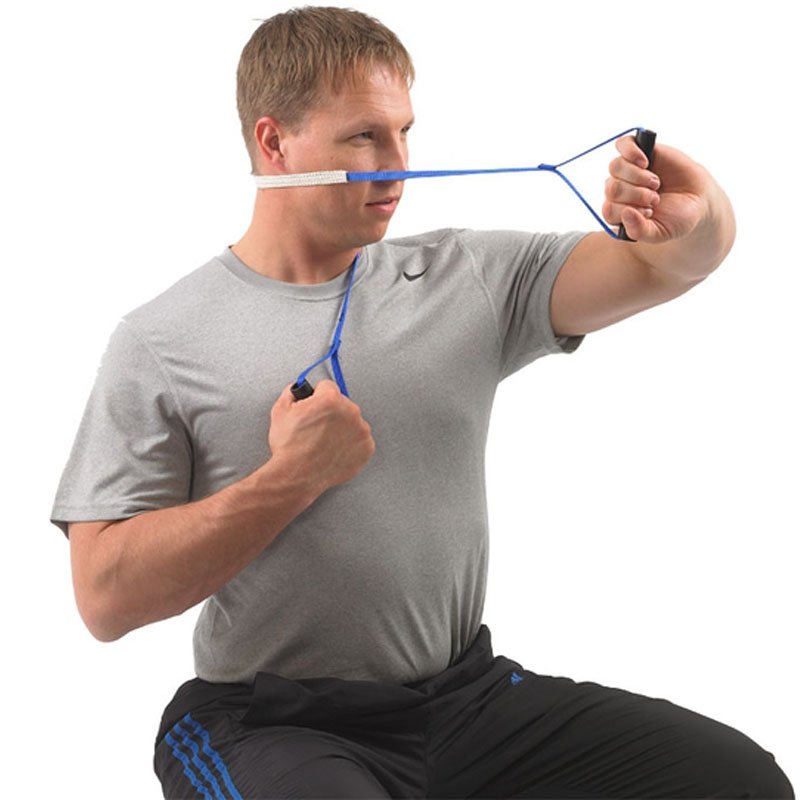MULLIGAN CONCEPT

The Mulligan concept was developed in the 1980s by the New Zealander physiotherapist BrianMulligan. Techniques specific to the concept are applied safely and effectively in musculoskeletal and nervous system diseases. The concept is in accordance with the common knowledge of the known Manual Therapy approaches, biomechanics, although it conforms to the artrokinematic kinematic principles, and it differs significantly with other approaches such as techniques and application principles.
Normal joints, shapes of joint surfaces, cartilage thickness,
and the orientation of the ligaments and capsule fibers is designed to provide a free but controlled movement while minimizing the pulling direction of the muscles and tendons at the same time. The pressure forces generated by this movement maintain this balance of normal proprioceptive feedback. The change in any or all of the above factors changes the joint position during movement and causes pain, stiffness or weakness symptoms in the patient. It is then a general idea that a therapist will try to realign joint surfaces.
Mulligan concept; It can be defined as a combination of active methods such as Pilates, PNF and Kinetic Control with Kaltenborn, MaitlandCyriax, Butler, etc., as a combination of active methods such as Pilates, PNF, and Kinetic Control.
The main objective of Mulligan Concept is its functional restoration. It can be applied easily to problems including musculoskeletal and nervous system, angular losses of joints and pain. It is a painless and extremely safe approach.

